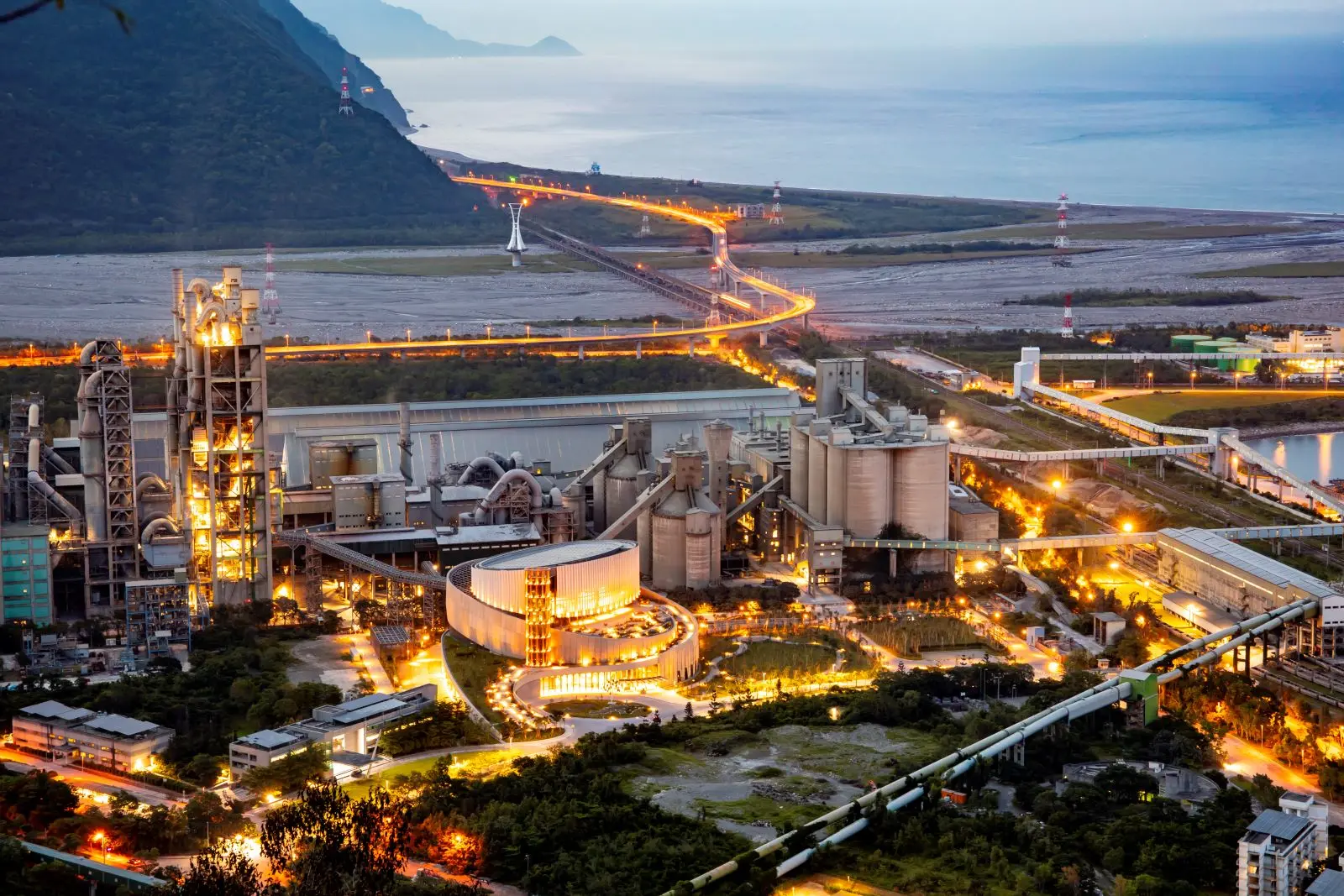Water
Water Management
TCC has established Water Management Commitment, committed to pursuing sustainable water resource utilization, enhancing water resource management, and improving water efficiency. Pledged to reduce water withdrawal and consumption, comply with relevant regulatory standards, rigorously monitor the quality of discharged water to prevent harm to ecosystems, water bodies, and human health due to wastewater, and ensure that employees and local residents have access to clean water
Management Approaches
100% Cement Plants in Taiwan & Mainland China and RMC Plants obtain ISO14046 Certification
100% Cement Plants in Taiwan and RMC Plants obtain ISO46001 Certification
Since 2022, the cement plant has implemented a water footprint management platform to monitor water supply, water usage, water recycling, and discharge, thereby enhancing water management efforts
Using the WRI Aqueduct Water Risk Atlas, TCC assessed all locations in Taiwan and Mainland China
Performance
The world's first cement industry to obtain ISO 14046 and ISO 46001 Certification
Hualien Hoping Plant & Yilan Suao Plant both obtain Alliance for Water Stewardship (AWS) standards Platinum Certification
100% No wastewater discharge in RMC Plants
The cement plant has implemented multiple water pollution prevention measures to ensure that wastewater is discharged only after meeting effluent standards
Targets
| Cement Plants | 2025 | 2030 | 2050 | |
|---|---|---|---|---|
| Taiwan & Mainland China (weighted average) | Fresh Water Withdrawal Intensity | - | 0.000248 | - |
| CIMPOR | Fresh Water Withdrawal Intensity | 0.00020 | 0.00020 | - |
| Taiwan & Mainland China (weighted average) | Water Consumption Intensity | 0.000233 | 0.000225 | 0.000220 |
Unit: megaliters / metric ton of cementitous materials
Water Withdrawal Intensity
Note 1: The slight increase in 2024 in Taiwan was due to the collapse of the cooling water tower following the April 3 earthquake and equipment upgrade shutdowns.
Note 2: Due to production adjustments in line with policy requirements in Mainland China and stricter environmental regulations, production volume declined in 2024, resulting in a slight increase in Mainland China.









